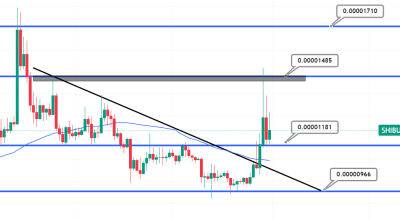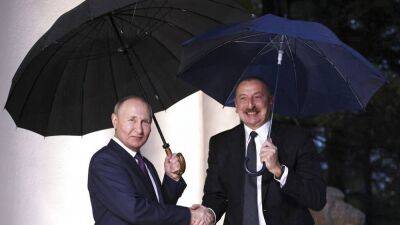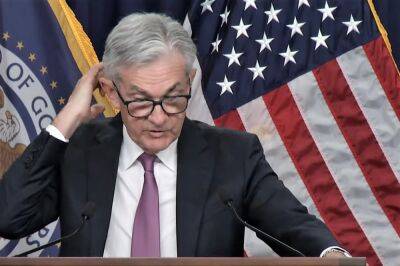Colder early winter in Europe could worsen cost of living crisis, say forecasters
Europe is likely to experience a colder, drier and less windy early winter, according to forecasting models compiled by the EU’s meteorological agency, which would worsen the cost of living crisis.
The European Centre for Medium-Range Weather Forecasts (ECMWF) cautions that predicting winter conditions are “notoriously difficult” in early October. But it says a cold, still and dry snap in November and December is more likely, because of this year’s La Niña – a powerful weather pattern influenced by cooler temperatures in the Pacific.
Carlo Buontempo, the ECMWF’s director of the Copernicus Climate Change Service, said: “La Niña tends to cause disruption to westerly winds, creating high pressure over Europe, which is what the models are showing for the beginning of winter.
“In these conditions, there is a chance of easterly winds leading to lower than usual temperatures. There is a higher than usual chance of having a cold outbreak at the beginning of winter.”
But he cautioned that more reliable data on what would influence winter conditions would only become available in three to four weeks. Buontempo pointed out that in previous years gas prices had risen or fallen on the basis of mid-term forecasts – but only those made in early November when winter predications could be made with greater certainty.
“What the models show at this stage is a slightly higher chance than usual of having a cold outbreak in November and December,” he said. “We are using data coming from the UK’s Met Office and also Météo-France, the Deutscher Wetterdienst, the CMCC in Italy and contributions from Japan, Canada, and the US.
All these models show a higher than usual pressure at the beginning of winter in Europe. “The fact that all the models shows
Read more on theguardian.com























